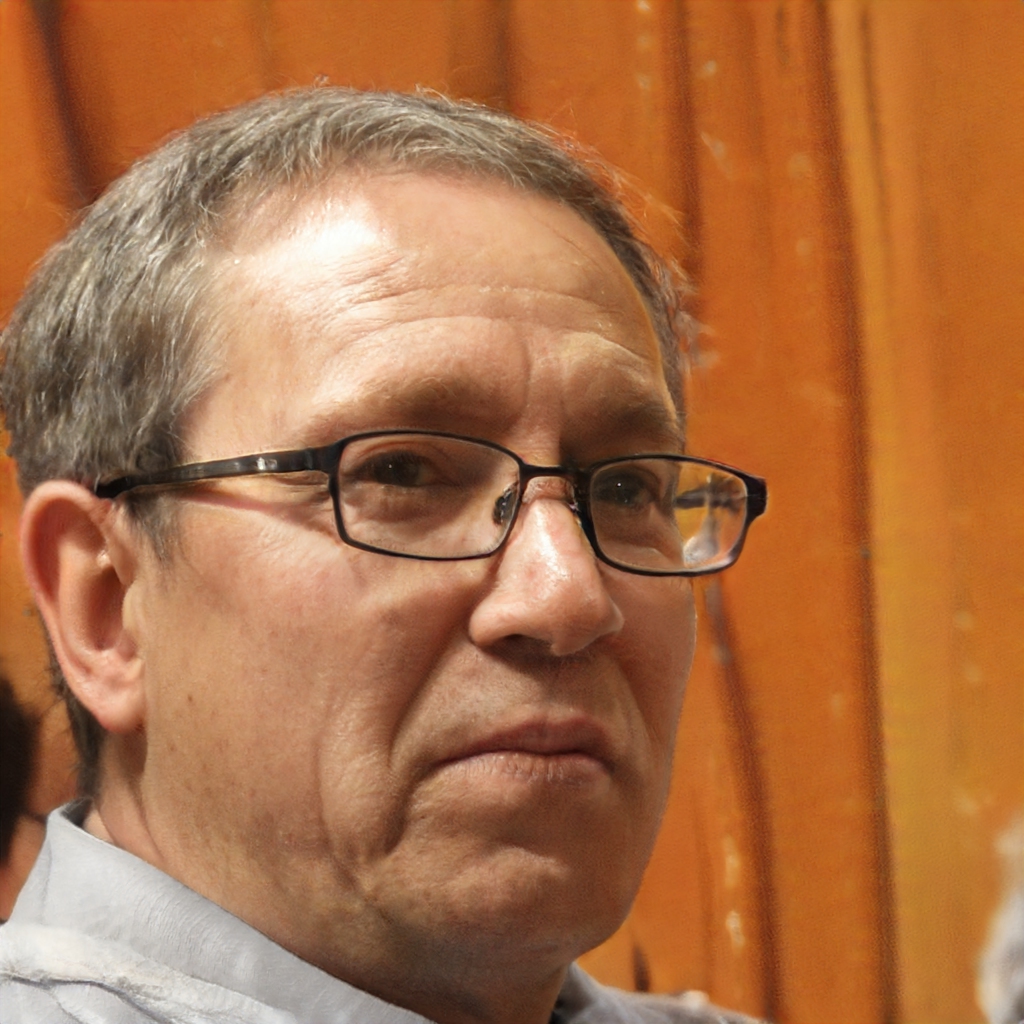The Unit of Real Value (or in its acronym UVR) was created in 1999 and reflects a unit of account that tries to project the purchasing power of a currency based on the inflation of the previous month, in the country of Colombia. The UVR is often used to calculate the cost of loans that are given for homes, and allows financial institutions to maintain the purchasing power of the money borrowed.
The amortization systems in UVR existing in the market are those that we comment below:
- The one that starts with the lowest fee in pesos (Colombian currency). In summary, this amortization system has low installments from the beginning, it is usually proportional all the time, and the balance in pesos usually grows in the first years due to the payment of less capital.
- The one with the lowest odds at the end. This system has high fees at the beginning, but lower the more time goes by. In this sense, the monthly payments are decreasing with the passage of time.
- The one with an annual increase in the fee. The increases that occur in fees are not for monthly fees, but annually.
- The one that keeps the installment to pay constant with a subsidy to the interest rate. This system is applicable to credits disbursed with coverage to the interest rate. The effect of the subsidy makes the value that the customer has to pay remains constant. The interest rates on loans in pesos are higher than the rates in UVR, since the financial institution does not have a way to protect itself from inflation.
